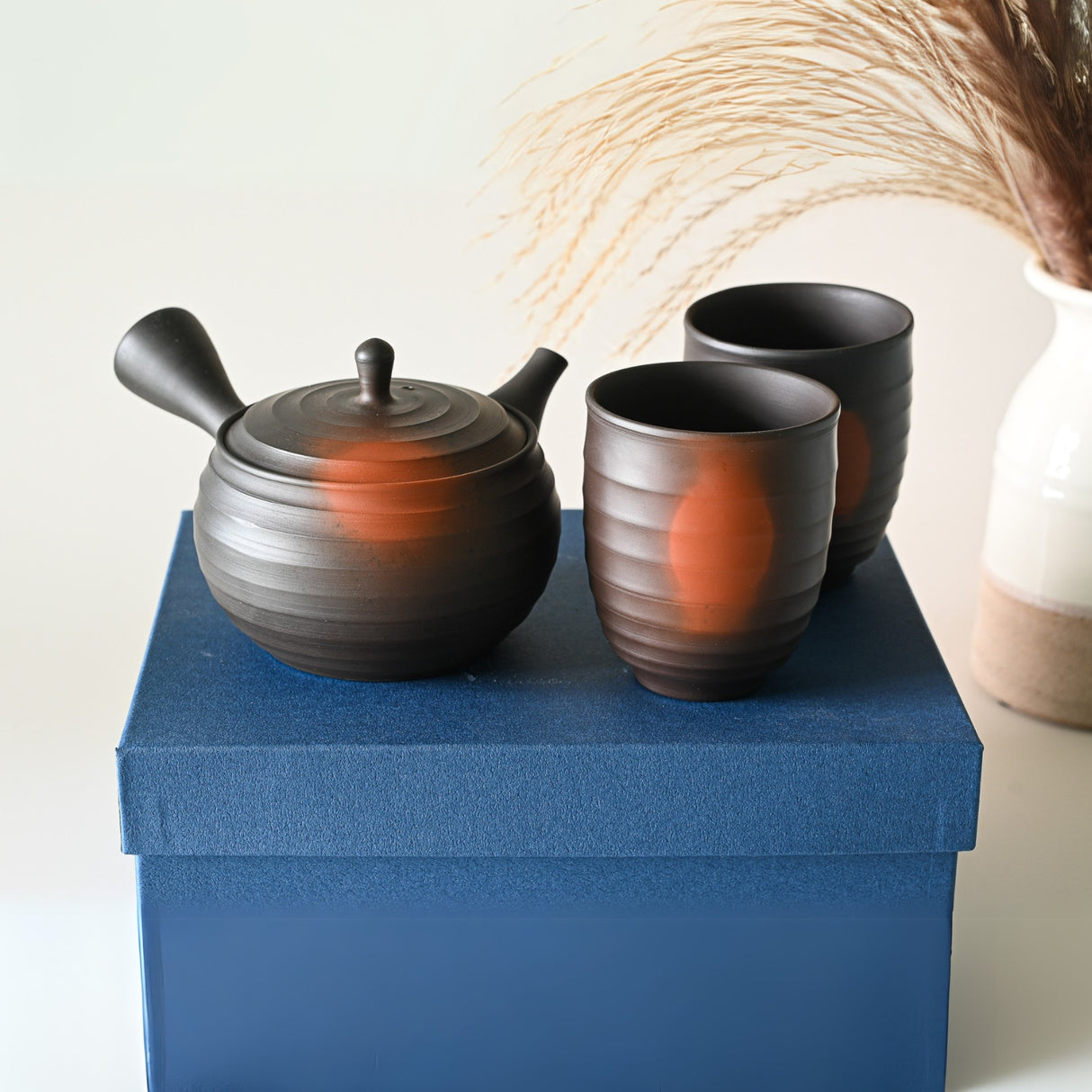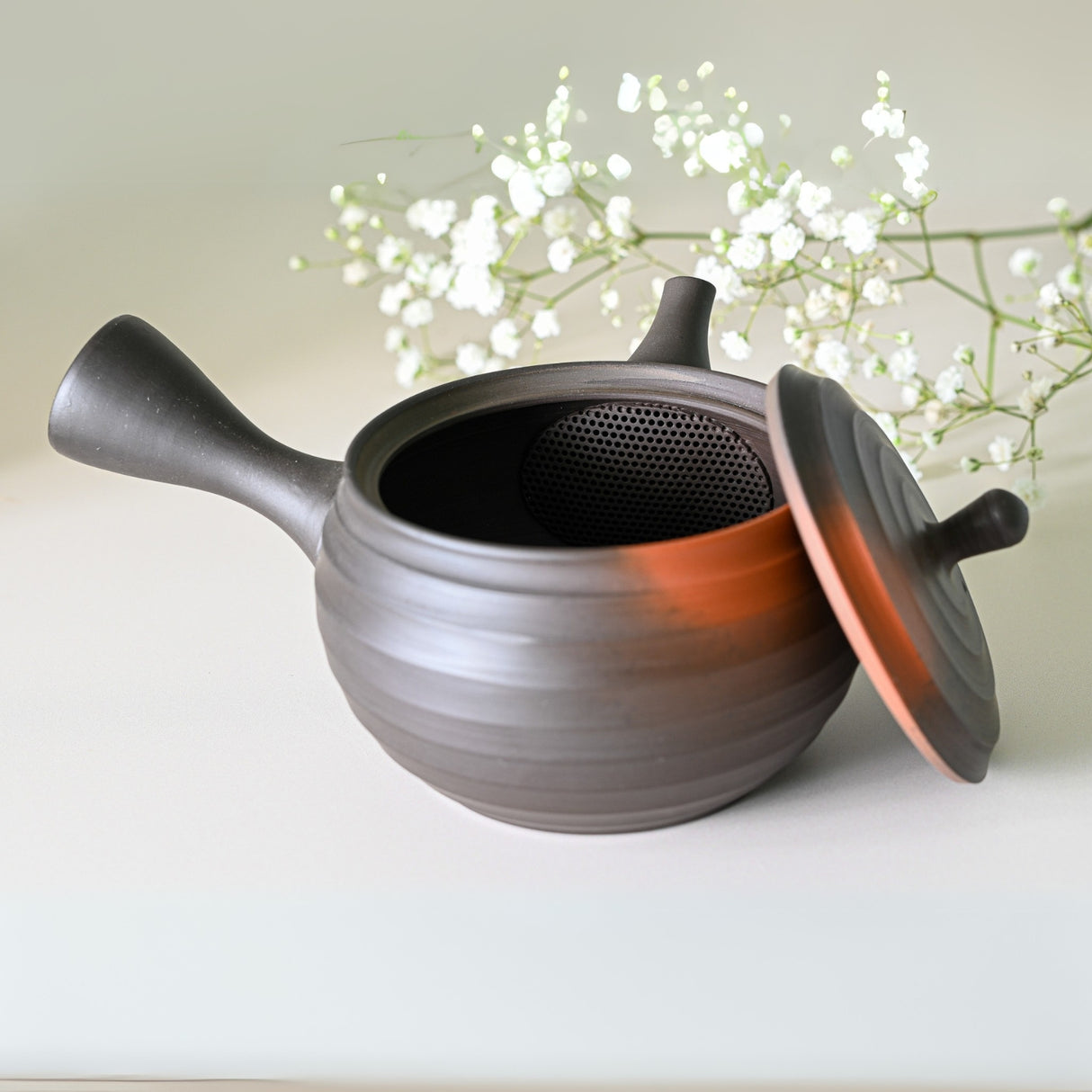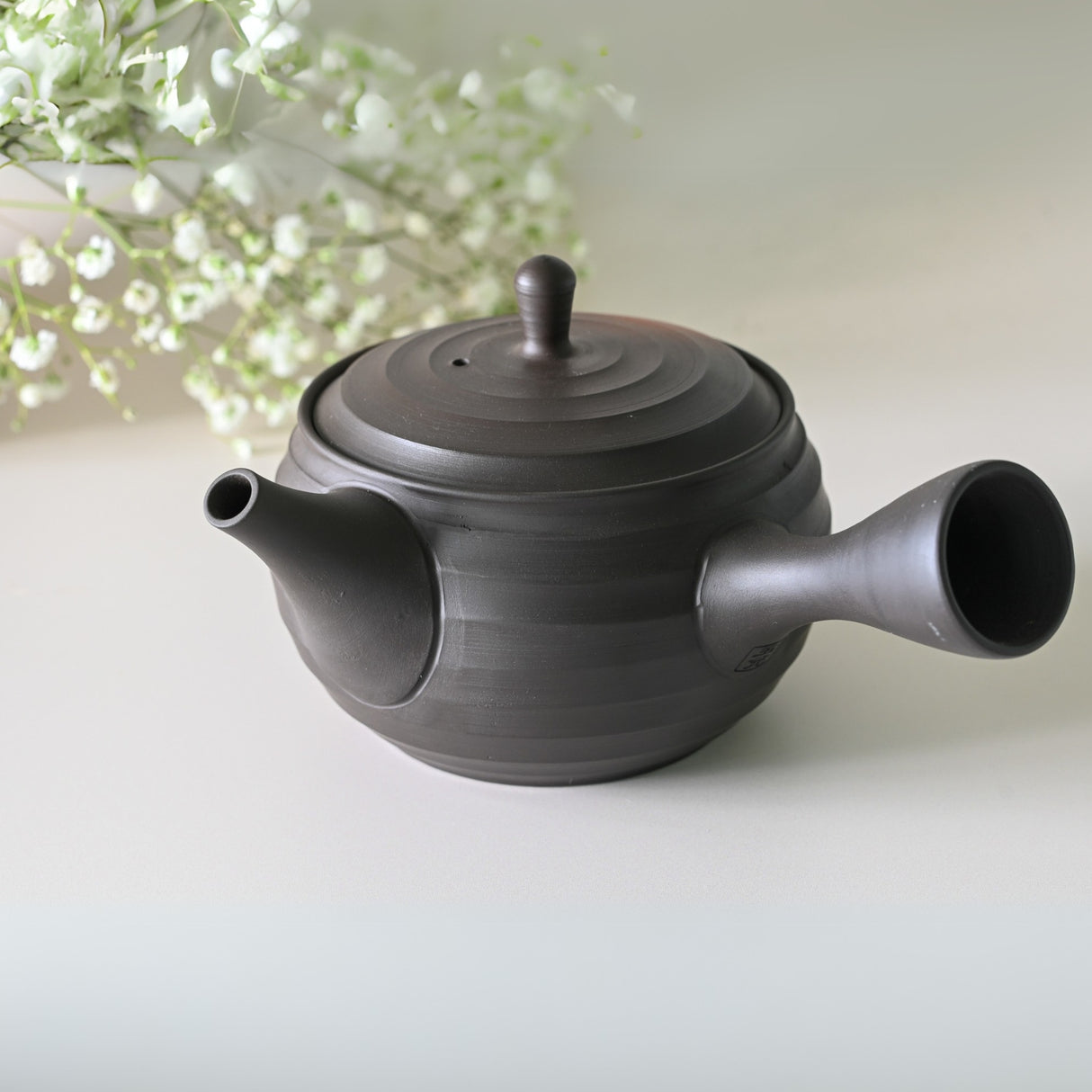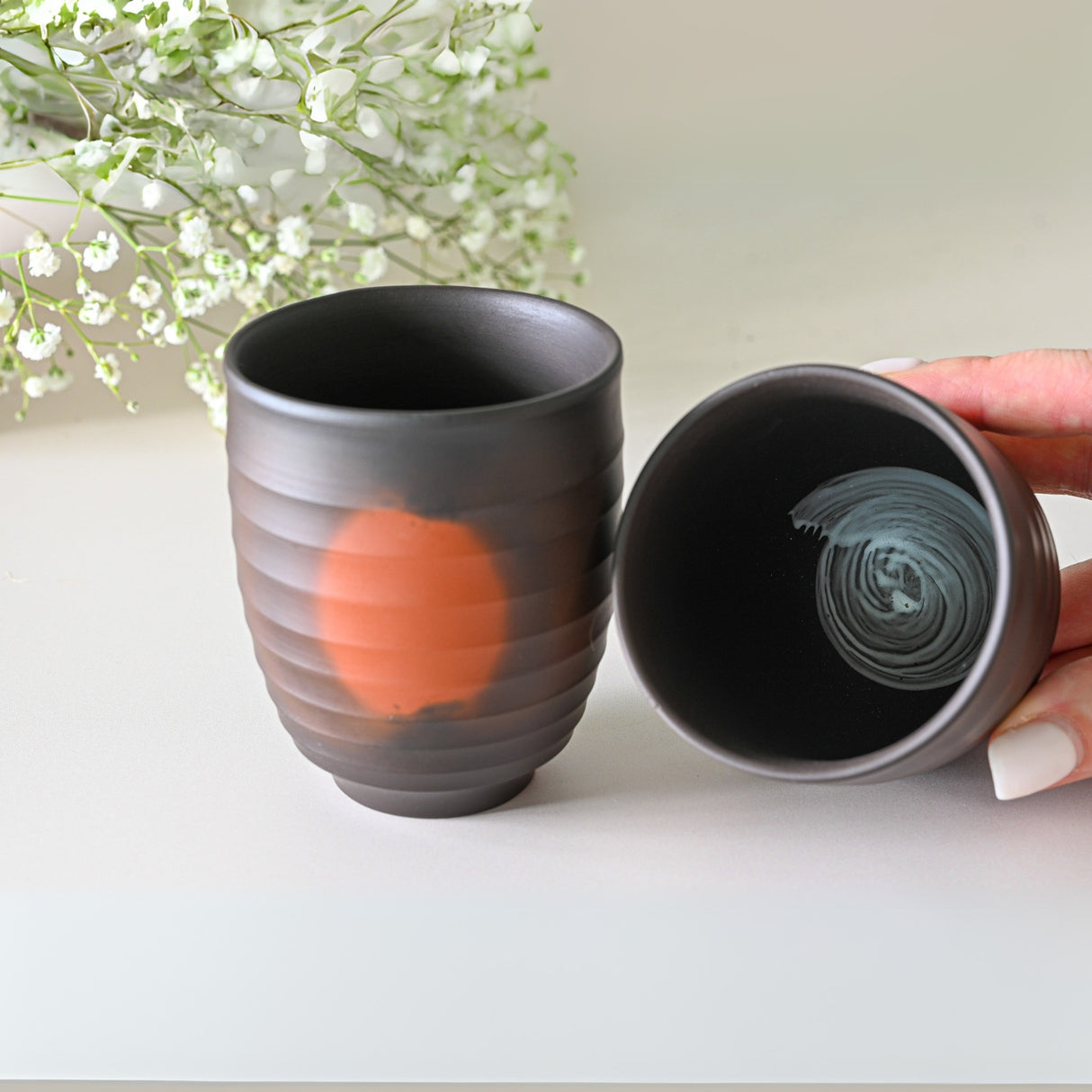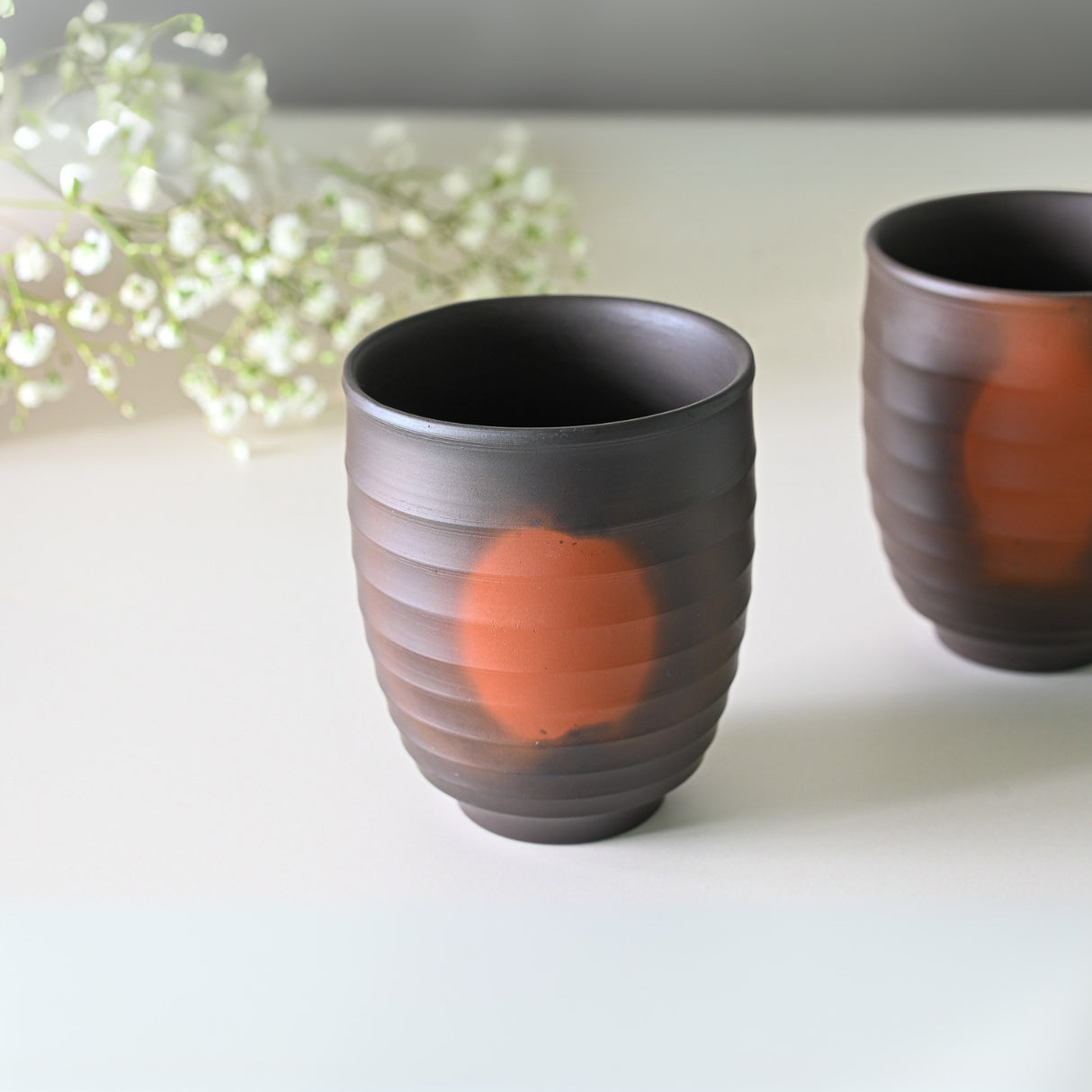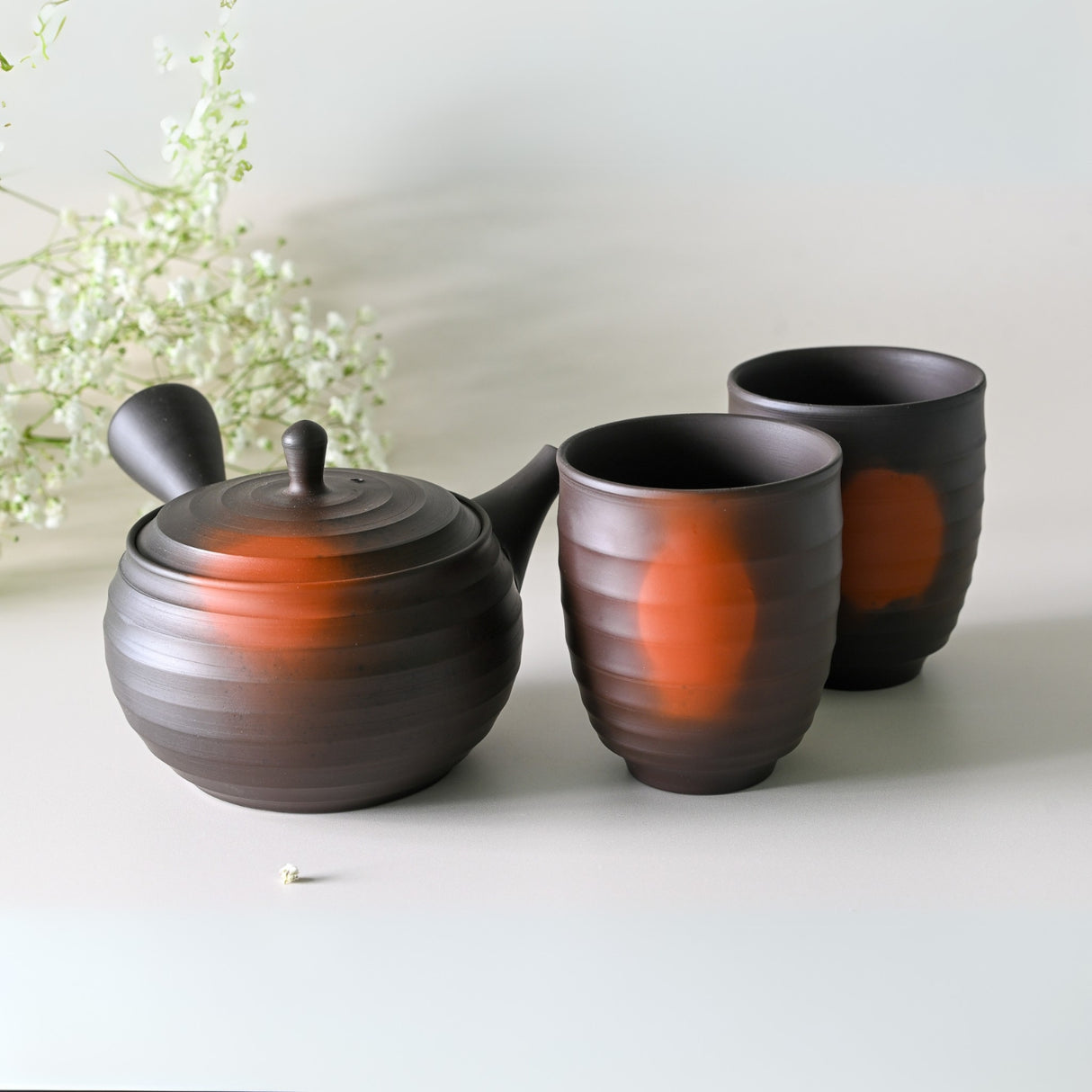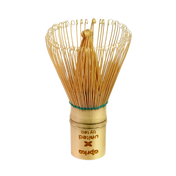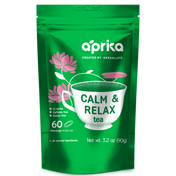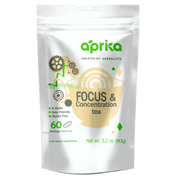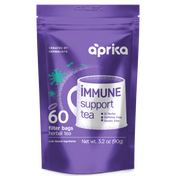Japanese Kyusu Set - Teapot with Filters (270ml) and Two Cups
About this Product
- One Japanese Kyusu Teapot
- Two Yunomi Tea Cups
Japanese Kyusu Set - Teapot with Filters (270ml) and Two Cups is backordered and will ship as soon as it is back in stock.
Description
Description
Bring a touch of Japan to your tea ritual with this thoughtfully crafted Kyusu set. The term kyusu refers to a side-handled teapot traditionally used for brewing green tea in Japan. Designed with both form and practicality in mind, the teapot features a curved side handle for a comfortable pour and built-in filters to keep your tea clear. Two matching cups complete the set, featuring the same earthy clay and warm fire-blushed finish, completing this beautiful set for a cherished spot in your collection.
Product Details
Product Details
One of the most striking features of this teapot is the sweep of vermilion across the body and lid, a natural result of a traditional firing method known as yohen. During this process, shifting flames and varying kiln atmospheres leave behind unpredictable blushes, giving each piece its own distinct character. The teapot's side handle is shaped for a comfortable, natural pour, making it especially useful when serving several cups. Its clay body and form are well-suited for steeping Japanese green teas such as sencha, gyokuro, or bancha.
Authentic Tokoname Kyusu Set
This set reflects the distinctive character of Tokoname ware, known for its rich vermilion color. The deep reddish hue comes from the high iron content in the local clay, often enhanced with benigara (red iron oxide), a traditional material used in Tokoname ceramics. Each piece is crafted at the respected Tamamitsu kiln, a pottery with deep roots in the region's ceramic tradition. The fine, circular lines along the surface are a result of wheel-throwing, showing the maker's hand and giving each piece a clearly handmade presence. The teapot holds approximately 9.1 fl oz (270ml) and is made from genuine Tokoname clay, complete with a built-in ceramic mesh strainer for loose leaf tea types.
Yunomi Tea Cups Crafted for Daily Enjoyment
The set includes two yunomi teacups, each with a capacity of about four fl oz (120ml). Their tall, unhandled shape is rooted in everyday tea-drinking traditions in Japan, simple, easy to hold, and meant to be used often. Made from the same Tokoname clay as the teapot, the cups share its warm, reddish hue and the subtle ridges that truly tie the whole set together. Just the right size for a green tea experience like sencha or gyokuro, the cups feel personal and familiar, made for personal moments or conversation with loved ones over several rounds.
Preparation & Care
Preparation & Care
Sencha - Vibrant Green Tea (Using Slightly Hot Water)
Ingredients:
- 2 teaspoons (about 4g) of Sencha tea leaves
- 6.8 fl oz (200ml) of water
- Teapot and teacup
Steps:
- Add two teaspoons (about 4g) of sencha tea leaves into the teapot.
- Heat water to around 176°F (80°C).
- Pour the hot water into the teapot, then immediately transfer it to the teacup to adjust the temperature.
- Once the water has slightly cooled, pour it back into the teapot.
- Gradually pour the water from the teapot into the teacup, allowing the tea to steep.
- Steep for 60 to 90 seconds.
- Carefully pour the tea from the teapot into the teacup, making sure to get every last drop.
- For regular sencha, you can directly pour hot water from the kettle into the teapot without adjusting the temperature.
Pro Tips:
- For higher-grade sencha, use a lower water temperature (around 158°F or 70°C) to enhance the umami flavors.
- For regular sencha, a water temperature between 176°F to 194°F (80°C to 90°C) is ideal.
Deep-Steamed Sencha - Rich and Aromatic Green Tea (Shorter Steeping Time)
Ingredients:
- 2 teaspoons (about 4g) of deep-steamed sencha tea leaves
- 6.8 fl oz (200ml) of water
- Teapot and teacup
Steps:
- Add about two teaspoons (4g) of deep-steamed sencha tea leaves into the Japanese teapot.
- Allow boiled water to cool to around 158°F (70°C).
- Pour the cooled water into the teapot over the tea leaves.
- Steep the tea for 30 seconds.
- Gradually pour the steeped tea from the teapot into the teacup.
- Squeeze out every last drop of tea and enjoy the rich aroma and optimal flavor.
Gyokuro - Premium Shade-Grown Green Tea (Slow Infusion at Low Temperature)
Ingredients:
- 3 teaspoons (about 6g) of Gyokuro tea leaves
- 6.8 fl oz (200ml) of water
- Teacup, teapot (kyusu), and another teacup
Steps:
- Pour hot water into a teacup, then transfer it into the teapot to warm it up.
- Prepare the Gyokuro tea leaves (about 6g).
- Heat water to around 176°F (80°C).
- Pour the warm water from the teapot into another teacup.
- Transfer the water from the second teacup into the kyusu (teapot) and then back into the teacup to cool.
- Place the Gyokuro tea leaves into the kyusu.
- Pour the cooled water from the teacup into the kyusu over the tea leaves.
- Steep the tea for 2 minutes.
- Carefully pour the tea into the teacup, making sure to squeeze out every last drop.
Care Instructions
Hand Wash Only: To preserve the natural beauty and texture of Japanese teaware, always hand wash your teapot and cups with warm water. Avoid using harsh detergents, as they may affect the clay's surface and the taste of the tea.
Dry Thoroughly: After washing, gently pat your clay teaware with a soft cloth, then allow them to air dry completely. Avoid using a dish rack or direct heat, as this can cause the clay to crack or warp.
Storing Your Teapot: Store your kyusu set in a cool, dry place away from direct sunlight to prevent any fading or cracking. If you're not using it frequently, consider storing it in a cloth bag to protect it from dust.
The Timeless Appeal of the Japanese Kyusu
Beautifully made for a lasting place in your teaware collection, this earthenware Kyusu set brings a glimpse of Japanese tradition into everyday moments. The teapot's side handle is set at a right angle to the spout, offering a natural, steady grip that is especially helpful when pouring smaller amounts into several cups. Inside, a built-in ceramic mesh strainer keeps loose leaves contained while letting the full depth of the tea come through. All three pieces share a series of fine horizontal ridges circling the surface. These subtle lines aren't just for appearance; they give your hands something to hold onto, making the pot and cups feel secure and comfortable, even when warm. Together, they create the setting for an exceptional tea experience shaped by thoughtful design and generations of craft.
Yunomi Cups for Slow, Thoughtful Sipping
The yunomi cups measure approximately 2.8 inches across and 3.1 inches tall, designed to pair beautifully with the matching teapot. Comfortably sized for a generous pour of your favorite loose leaf teas, they're just right for moments alone or sharing rounds with friends and family. The subtle ridges along the surface offer an easy, secure grip while adding a bit of texture to the design. Made from the same dark, iron-rich Tokoname clay as the teapot, each cup carries the same reddish-orange blush created by the yohen firing process. Their small, cylindrical shape and slightly flared rims make them especially suited for Japanese green teas, where smaller servings invite you to drink slowly and notice the warmth, aroma, and flavor of tea as it changes with each pour.
The Legacy of Tokoname Ceramics
Tokoname ceramics come from one of the oldest Japanese pottery styles, dating back over 900 years. Made in Aichi Prefecture, these pieces are shaped from iron-rich clay that naturally produces warm, reddish tones, especially distinctive in teapots and tea cups. Tokoname ware is known for its clean forms, subtle textures, and practical beauty. Many pieces are left unglazed, allowing the clay to interact directly with the tea brewing process and deepen with use over time. Teapots are often handcrafted, leaving behind fine, circular lines that reflect the care and skill behind each piece. Still used widely today, Tokoname ceramics are valued not just for their history but for how naturally they fit into daily life.
Brew a Wide Range of Loose Leaf Teas
This set is well-suited for a wide range of loose leaf teas, from delicate Japanese greens like sencha, gyokuro, and bancha to stronger types of tea such as hojicha or Chinese oolong. The clay body, slightly porous and unglazed inside, allows the tea to steep gently and hold warmth without overheating the leaves, which is ideal for green teas that require lower brewing time or temperatures. The built-in ceramic mesh strainer catches even the finest leaf fragments, making it easy to brew without needing extra tools. Whether you're preparing a quick cup for yourself or serving several rounds for guests, the teapot and yunomi cups work together to support a thoughtful, relaxed tea experience across styles and settings.
Frequently Asked Questions
Can I brew oolong or herbal tea in a Kyusu?
Can I brew oolong or herbal tea in a Kyusu?
Yes, you can brew oolong or herbal tea in a kyusu, though it may require a few adjustments. Oolong tea is a semi-oxidized tea. It tends to expand more during steeping, so you might need to increase the steeping time slightly and use a higher water temperature (around 190°F-200°F / 90°C-93°C) than for green tea. The kyusu will work, but consider the size of the leaves and how much space they need to unfurl. As for herbal teas, they can also be brewed in a kyusu, but since they often require boiling water and longer steeping times, it's important to adjust the temperature and steeping duration based on the specific herbs you're using. While a kyusu is traditionally meant for green tea, it's versatile enough to handle both oolong and herbal infusions with a bit of experimentation to suit your taste.
What is the difference between sencha, gyokuro, and bancha?
What is the difference between sencha, gyokuro, and bancha?
Sencha, gyokuro, and bancha are all Japanese green teas, but they differ in their growing conditions, processing methods, and flavor profiles.
Sencha is the most common and widely consumed Japanese green tea. It's made from young tea leaves that are steamed quickly to preserve their freshness and grassy flavor. Sencha is typically grown in full sunlight, which gives it a bright, slightly sharp taste with vegetal notes.
Gyokuro is a premium variety of green tea grown under shade for about three weeks before harvest. This shading process reduces the amount of sunlight the leaves receive, increasing the levels of chlorophyll and amino acids. The result is a sweeter, richer, and more umami-packed flavor profile.
Bancha is made from older tea leaves, typically harvested later in the growing season. These leaves have a coarser texture and a more pronounced, less delicate flavor compared to sencha. Bancha tends to be less astringent, with a more earthy and slightly woody taste.
How long will a Tokoname teapot last?
How long will a Tokoname teapot last?
A Tokoname teapot can last for many years, even decades if properly cared for. The durability of Tokoname teapots is largely due to the high-quality, heat-resistant clay from the Tokoname region in Japan, which is known for its long-lasting properties. With regular use and proper maintenance, such as handwashing, avoiding sudden temperature changes, and allowing it to dry thoroughly, a Tokoname teapot can remain in great condition for years. However, like any handcrafted item, it's important to handle it with care to prevent cracks or chips, especially if it's used frequently.
What is the best teaware for brewing Japanese green tea?
What is the best teaware for brewing Japanese green tea?
The best teaware for brewing Japanese green tea depends on the type of tea you're brewing, but there are a few traditional items that are highly regarded for their ability to bring out the best flavors in a wide variety of Japanese green teas.
For Sencha, a kyusu (Japanese teapot) is typically preferred. The kyusu is small, often with a side handle, and allows for quick pouring, which is ideal for green teas like sencha. Its shape helps with even steeping and minimizes bitterness. For Gyokuro, a shiboridashi or kyusu with a wider body and a lower steeping temperature is ideal. The teapot should allow for longer, slower infusions to bring out the tea's sweetness and umami. Yunomi tea cups are a great match for these teas, as they are designed for sipping and are often used in Japanese tea ceremonies.
For Matcha, a matcha chawan (matcha bowl) is essential. This wide, shallow bowl allows for proper whisking, helping to create a smooth, frothy texture. Matcha tools like chasen (bamboo whisk) and chashaku (bamboo spoon) are used to prepare matcha tea and ensure that it is well-mixed.



